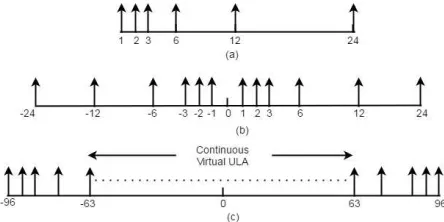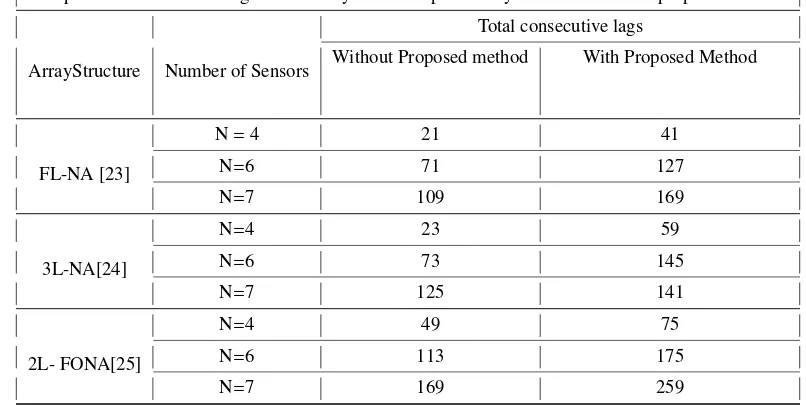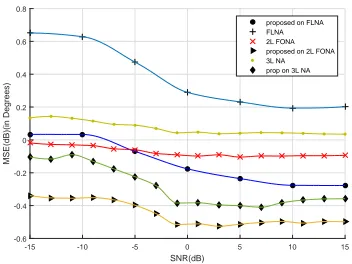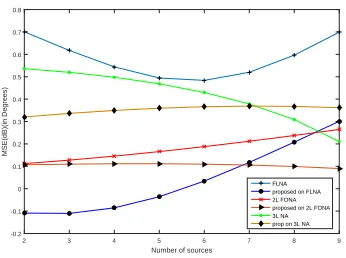Electrical Engineering and Systems Science authors titles recent submissions
Teks penuh
Gambar




Dokumen terkait
Kernel Ridge Regression (KRR) [22] is a kernel method classifier model which uses the kernel trick. Instead of learning a fixed set of parameters for the input features,
In this work, we investigate the performance of digital beamforming with low resolution ADCs based on link level simulations including channel estimation, MIMO equalization and
If a system of linear constraints in the search space has x-intercepts at least four subintervals apart, that system has greater harmonic deviation than Secor’s Miracle
Compared to the statistical model approach, the neural approach focuses on learning frame-level speaker features, hence more suitable for dealing with short speech segments,
Based on our conjecture that there is correlation between sharpness of attention alignment and the quality of the generated speech, we decided to improve prediction of
Zorzi, “Context information based initial cell search for millimeter wave 5G cellular networks,” in 2016 European Conference on Networks and Communications (EuCNC) , June 2016, pp.
We develop a pipeline catered to this task combining adaptive noise removal, non-speech filtering and new measures of conflict based on the repetition and intensity of phrases
We train a monaural listen, attend and spell (LAS) model [28] on the clean WSJ training data as described in Section 4.1, performing early stopping by the WER of the model on
